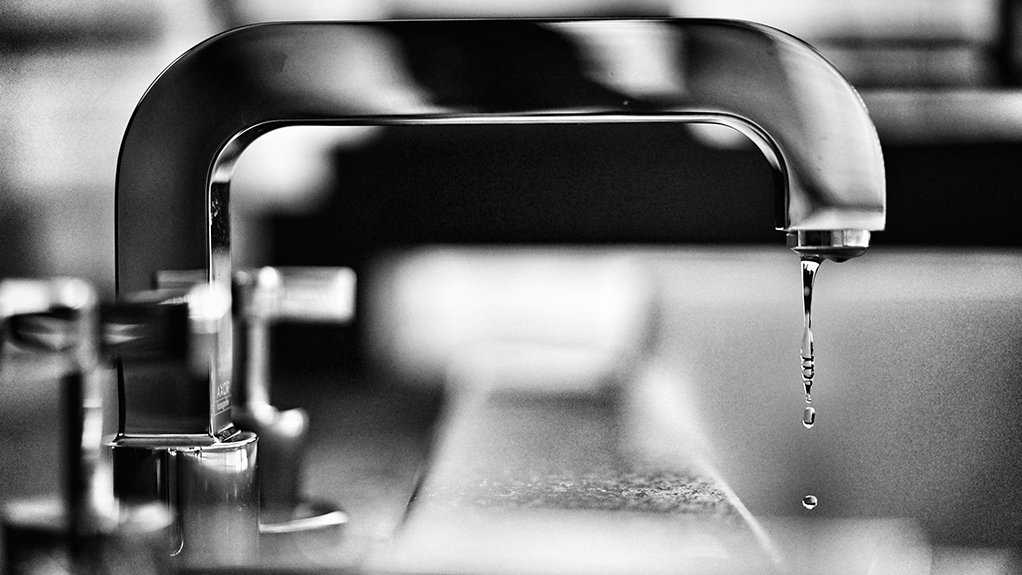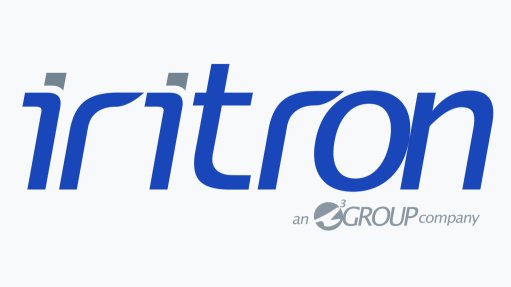‘Watershedding’ a reality for South Africa



GROWING CHALLENGE Growing water shortages are causing significant challenges for both consumers and the commercial sector, especially large-scale commercial projects.
SOLUTIONS AVAILABLE In the face of water shortages in South Africa, WEC Projects offers solutions to sustain commercial developments.
As South Africa grapples with persistent loadshedding, an increase in water shortages has emerged as another significant challenge for both consumers and the commercial sector, especially for large-scale commercial projects.
This is largely owing to population growth, the lack of planning by relevant authorities, and a lack of investment into new and existing infrastructure, which is further exacerbated by a “lack of respect” and no reinforcement of relevant national water quality standards, as well as a dearth of training for process controllers and technical and managerial staff, says engineering, procurement, and construction (EPC) contractor WEC Projects technical director Dr Gunter Rencken.
As a result, he says many South Africans are becoming familiar with the phenomenon of ‘watershedding’, where municipal water supplies are cut off for extended periods of time.
Similar to loadshedding, for electricity, watershedding sees relevant water authorities or local municipalities cut or reduce water supply to consumers.
These challenges are creating a perfect storm for commercial developments, traditionally heavy users of water, as it directly affects the viability of their businesses.
“It is not hard to imagine the problems created in a large development such as a shopping centre, office building or hospital when there is no water for toilets, human consumption or fire suppression systems,” Rencken says.
He highlights that the solution to this challenge is similar to that used to alleviate loadshedding – an uninterruptible or backup water supply that can operate until normal service is restored.
“At its very basic level, installing backup water tanks onsite provides a simple solution to the problem. Another solution is to separate the plumbing system into potable drinking water and non-drinking water. After appropriate treatment, the waste (grey) water is then recycled for use in non-drinking water applications (toilets, irrigation and more),” he outlines.
Another option, he notes, is rainwater harvesting where rainwater is used for non-drinking water usage as well as potable water with the proper filtration, treatment and disinfection system in place.
This route, he explains, sees run-off rainwater from roofs, and potentially stormwater run-off, stored in back-up water tanks.
“A basic water treatment or disinfection system is required to ensure that the water complies with drinking water standards if it is used as an alternative supply of potable water. Alternatively, the collected rain- or stormwater run-off can be used for toilet flushing or irrigation,” Rencken notes.
Borehole water is also an option in areas where there are sufficient, high quality groundwater resources. As an option for non-potable use, they are generally cost-effective, depending on factors such as depth and sustainable yield of the borehole. In addition, with the integration of a treatment system, borehole water can be brought up to potable standards.
However, Rencken emphasises that a full South African National Accreditation System, or SANS 241, analysis needs to be conducted on the borehole water to determine whether it can be used as potable water with the required treatment, or whether the borehole water would be more suitable for non-potable use.
Rencken explains these are solutions that can be integrated into building plans at the design stage of a commercial development but, in many cases, it is “simply not economically or physically possible for existing installations”.
As such, he highlights that such water backup systems require considerable space for the storage tanks and there is also the issue of the additional plumbing required to integrate it into the building’s existing water reticulation system.
“While it is possible to integrate such solutions into existing buildings, factors such as size and design of building, floor space, number of users and overall water consumption need to be considered to determine its economic and physical viability,” he notes.
On-site sewage treatment, which features small footprints and low operating costs, can also be considered for new and existing developments.
At the outset it requires differentiating potable and non-potable water use, he notes, adding that WEC Projects offers a wide range of biological treatment options such as trickle filters, activated sludge and membranebiological combination systems as well as treatment and disinfection systems, such as sand filtration, activated carbon filtration, ultraviolet (UV) disinfection, and more.
“A segregated system sees water from wastewater sources recycled for use in toilets and other non-drinking applications. Such systems can be used on a continual basis (not just when water supplies are interrupted) and can realise considerable savings in overall water consumption, particularly in larger developments,” he says.
However, such savings must be compared to the design and installation costs, particularly on an existing commercial development, before deciding to implement such a solution.
Additionally, wastewater can also be recycled and treated for re-use as potable water, but Rencken notes that this requires a more sophisticated multi-barrier treatment system, including deodorisation and disinfection for the water to comply with applicable standards for consumption.
This concept is gaining traction in Africa owing to the low quality, or scarcity, of water in many regions. Such systems employ coagulation, flocculation, sand and/or activated carbon filtration and ultrafiltration membrane technology for the removal of particulate matter, organic compounds, microorganisms and viruses.
Further, membrane-based reverse osmosis technology is used to remove contaminants such as dissolved salts, nitrates, ammonia, phosphates and more. UV radiation and ozonation are commonly installed for the elimination of viruses, he says, noting that this is usually followed by chlorination or chlorine dioxide dosing as a final disinfection stage.
Further, advanced oxidation processes (AOPs) are an emerging technology that can be used for the degradation of pollutants in wastewater.
“In a broad sense, AOPs are designed to remove organic and sometimes inorganic materials in water and wastewater by oxidation with hydroxyl radicals. They are also very effective in destroying harmful bacteria and viruses.”
While AOPs can achieve the result of producing safe potable water, they are still regarded in many quarters as an extreme and expensive solution.
However, they may be the only solution available for generating safe potable water from “risky” wastewaters such as from hospitals.
“It should also be stressed that if potable water is generated from wastewater, it is very important that the final produced water is continuously monitored to ensure potable water quality standards are maintained,” Rencken concludes.
Article Enquiry
Email Article
Save Article
Feedback
To advertise email advertising@creamermedia.co.za or click here
Comments
Press Office
Announcements
What's On
Subscribe to improve your user experience...
Option 1 (equivalent of R125 a month):
Receive a weekly copy of Creamer Media's Engineering News & Mining Weekly magazine
(print copy for those in South Africa and e-magazine for those outside of South Africa)
Receive daily email newsletters
Access to full search results
Access archive of magazine back copies
Access to Projects in Progress
Access to ONE Research Report of your choice in PDF format
Option 2 (equivalent of R375 a month):
All benefits from Option 1
PLUS
Access to Creamer Media's Research Channel Africa for ALL Research Reports, in PDF format, on various industrial and mining sectors
including Electricity; Water; Energy Transition; Hydrogen; Roads, Rail and Ports; Coal; Gold; Platinum; Battery Metals; etc.
Already a subscriber?
Forgotten your password?
Receive weekly copy of Creamer Media's Engineering News & Mining Weekly magazine (print copy for those in South Africa and e-magazine for those outside of South Africa)
➕
Recieve daily email newsletters
➕
Access to full search results
➕
Access archive of magazine back copies
➕
Access to Projects in Progress
➕
Access to ONE Research Report of your choice in PDF format
RESEARCH CHANNEL AFRICA
R4500 (equivalent of R375 a month)
SUBSCRIBEAll benefits from Option 1
➕
Access to Creamer Media's Research Channel Africa for ALL Research Reports on various industrial and mining sectors, in PDF format, including on:
Electricity
➕
Water
➕
Energy Transition
➕
Hydrogen
➕
Roads, Rail and Ports
➕
Coal
➕
Gold
➕
Platinum
➕
Battery Metals
➕
etc.
Receive all benefits from Option 1 or Option 2 delivered to numerous people at your company
➕
Multiple User names and Passwords for simultaneous log-ins
➕
Intranet integration access to all in your organisation
















